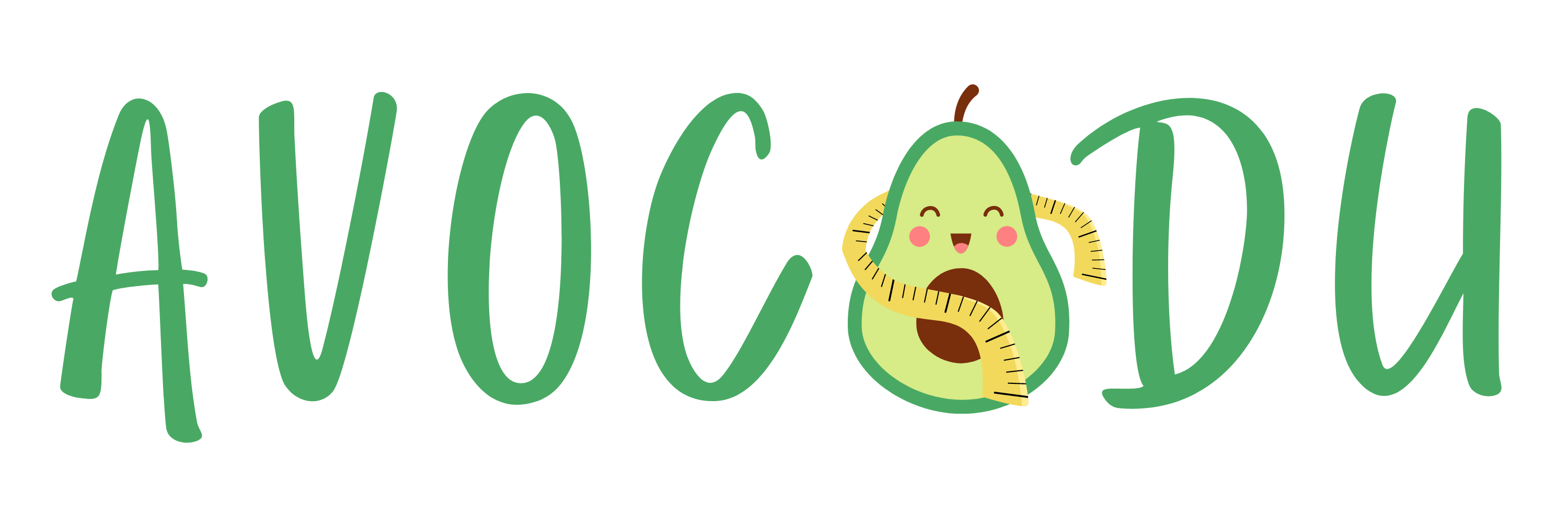13 Low-Sodium Foods to Help You Cut Your Salt Intake
Cutting down on sodium is an important step toward maintaining a healthy lifestyle. Excessive salt intake can lead to high blood pressure and other health issues, so it is essential to choose foods that are lower in sodium. Luckily, there are plenty of delicious and nutritious options available that can help you reduce your salt intake without sacrificing flavor. This article will highlight some of the best low-sodium foods to add to your diet and keep your health on track.
This post may contain affiliate links, which helps keep this content free. Please read our disclosure for more info.
Fresh Fruits

Fresh fruits are naturally low in sodium and packed with essential vitamins, minerals, and antioxidants. They provide a healthy alternative to processed snacks that tend to be high in salt. Fruits like apples, oranges, berries, and bananas are excellent choices for anyone looking to cut down on sodium. By incorporating more fresh fruits into your diet, you can satisfy your sweet cravings while keeping your sodium intake in check.
Not only do fresh fruits help reduce sodium intake, but they also contribute to hydration with their high water content. They are an ideal snack option, offering natural sugars and fiber to help keep you feeling full longer. Fresh fruits are versatile and can be enjoyed on their own or added to salads, smoothies, and even savory dishes. These nutrient-dense foods are a simple and delicious way to support a balanced diet.
Leafy Greens

Leafy greens like spinach, kale, and arugula are incredibly low in sodium and provide a wealth of nutrients. They are rich in fiber, vitamins A, C, and K, and other essential minerals like potassium, which helps counteract the effects of sodium. By incorporating more leafy greens into your meals, you can help balance your sodium levels while boosting your overall health. These vegetables are also naturally low in calories, making them an excellent choice for anyone looking to maintain a healthy weight.
Leafy greens can be easily added to salads, soups, and sandwiches or enjoyed as a side dish. They are also great for making green smoothies that can help you get a quick dose of nutrients while avoiding high-sodium processed ingredients. With their versatile flavor and numerous health benefits, leafy greens are a simple way to lower sodium intake and improve your diet. Regular consumption will help you feel energized and support healthy blood pressure levels.
Plain Yogurt
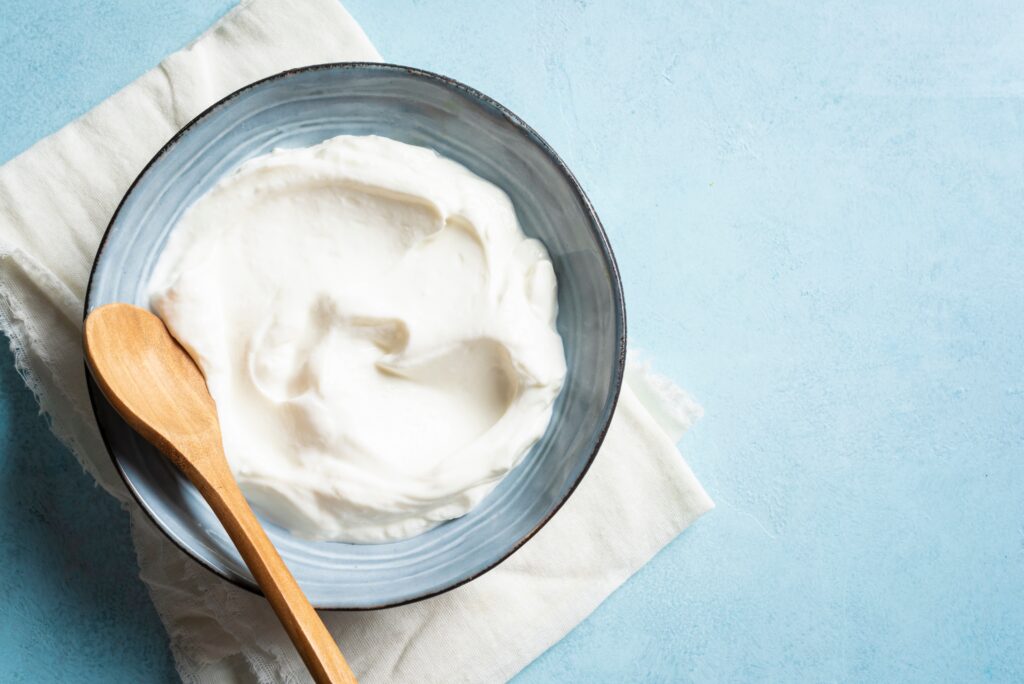
Plain yogurt is naturally low in sodium and offers a creamy, satisfying option to help you cut back on salt. Unlike flavored yogurts, which often contain added sugars and salt, plain yogurt is a healthier choice for your diet. It is rich in protein and probiotics, which are beneficial for digestion and gut health. By swapping salty snacks or processed foods for plain yogurt, you can reduce your sodium intake while benefiting from its nutritional value.
Plain yogurt can be enjoyed on its own, used as a base for smoothies, or added to dishes like granola and fruit bowls. It can also serve as a healthier substitute for sour cream or mayonnaise in various recipes. For extra flavor, you can add a drizzle of honey or mix in some fresh fruit, avoiding the added sodium found in flavored varieties. This simple dairy option is a great way to maintain a balanced, low-sodium diet.
Nuts and Seeds (Unsalted)

Unsalted nuts and seeds, such as almonds, walnuts, chia seeds, and flaxseeds, are excellent low-sodium snack options. They provide healthy fats, protein, and fiber, which can help curb hunger and promote overall health. Because nuts and seeds are naturally low in sodium, they are a perfect alternative to salty snacks like chips or pretzels. Consuming unsalted varieties ensures you are getting the nutritional benefits without the added sodium.
In addition to being low in sodium, nuts and seeds are rich in essential nutrients like magnesium, omega-3 fatty acids, and antioxidants. They can be eaten on their own, sprinkled on salads, or mixed into oatmeal and smoothies. The healthy fats in nuts and seeds also support heart health, making them a heart-friendly snack that helps manage sodium intake. Remember to choose unsalted options to avoid consuming excess sodium hidden in processed snacks.
Sweet Potatoes
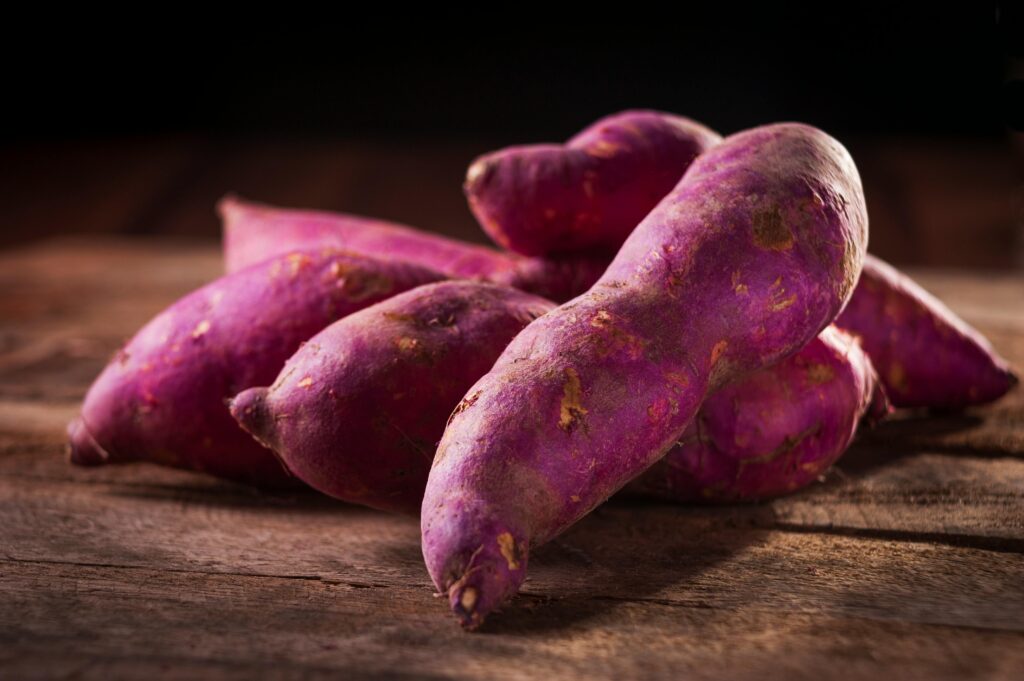
Sweet potatoes are a nutritious, low-sodium food that offers a naturally sweet flavor and a variety of health benefits. They are packed with fiber, vitamins A and C, and potassium, which can help lower blood pressure and balance sodium levels in the body. Unlike regular potatoes, which can be higher in sodium when prepared with added salt, sweet potatoes provide a satisfying, healthy option. Incorporating more sweet potatoes into your diet can help reduce your overall sodium intake while providing essential nutrients.
Sweet potatoes can be baked, roasted, or mashed for a variety of delicious dishes. They can also be sliced into fries or added to stews and soups for a hearty and filling meal. With their versatility and low sodium content, sweet potatoes make an excellent choice for anyone looking to maintain a balanced diet. By choosing sweet potatoes over higher-sodium alternatives, you can enjoy a flavorful, nutritious meal without compromising your health.
Cucumbers
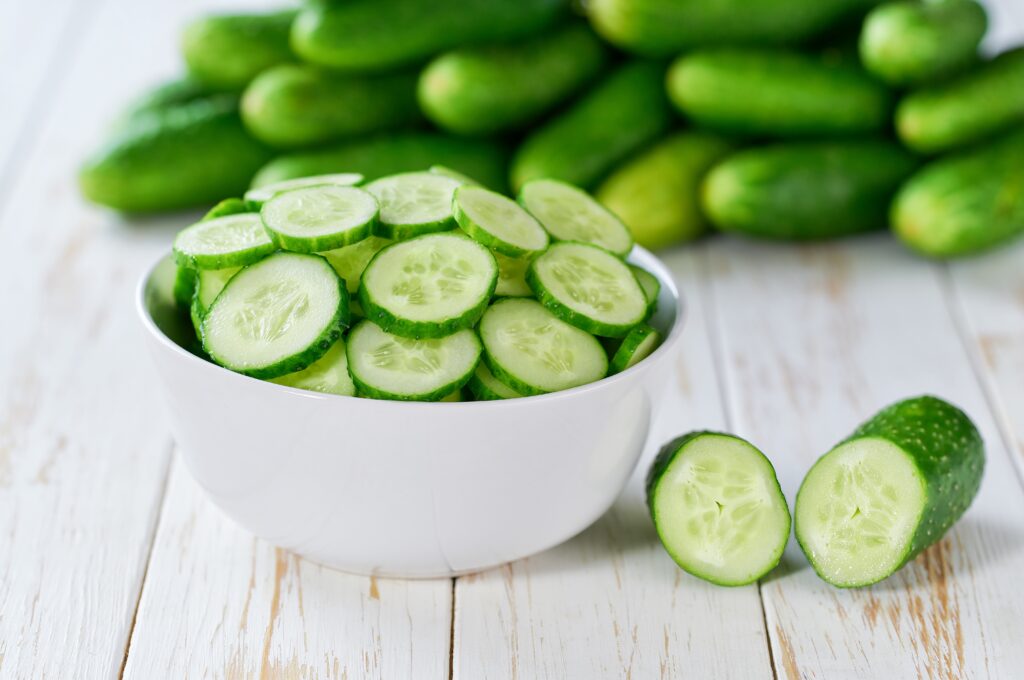
Cucumbers are incredibly low in sodium and high in water content, making them a hydrating, refreshing addition to any diet. They provide a mild flavor that pairs well with a variety of dishes, from salads to sandwiches. Cucumbers are also rich in antioxidants and nutrients, including vitamin K and magnesium, which contribute to overall health. They are naturally low in calories, making them an ideal food for those looking to maintain a healthy weight while reducing sodium intake.
Cucumbers can be enjoyed raw, sliced into salads, or blended into smoothies for a cool, refreshing treat. They also make great additions to dips like tzatziki, which can be made with low-sodium ingredients. Because they are so versatile, cucumbers are an easy way to cut back on sodium while adding flavor and hydration to your meals. Incorporating cucumbers into your daily diet is a simple way to support a low-sodium lifestyle.
Quinoa
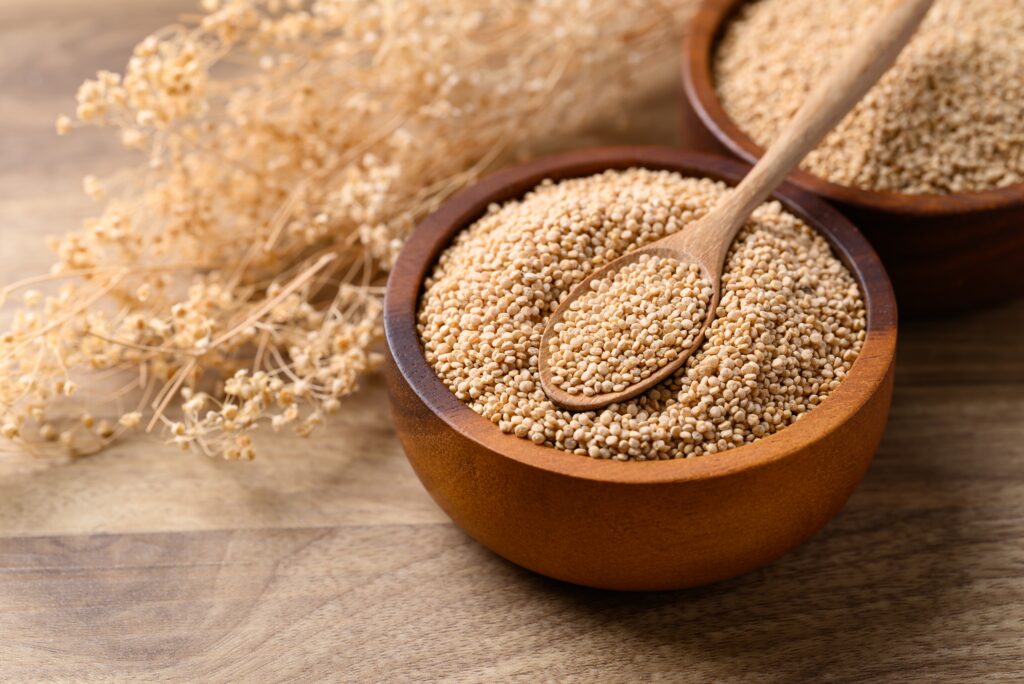
Quinoa is a nutritious, gluten-free grain that is naturally low in sodium and packed with protein, fiber, and essential amino acids. It is a complete protein, meaning it contains all nine essential amino acids, making it an excellent choice for vegetarians and those looking to reduce meat consumption. Quinoa is a great alternative to high-sodium grains like couscous or white rice and can be used in a variety of savory dishes. It is also easy to prepare and can be cooked in a rice cooker or on the stovetop.
Quinoa can be used as a base for salads, side dishes, or grain bowls, making it a versatile low-sodium option. It pairs well with vegetables, beans, and lean proteins, creating a balanced and filling meal. Because it is so nutrient-dense, quinoa helps provide energy and fullness without the added sodium of processed foods. Swapping higher-sodium grains with quinoa is an excellent way to maintain a healthy, low-sodium diet.
Avocados
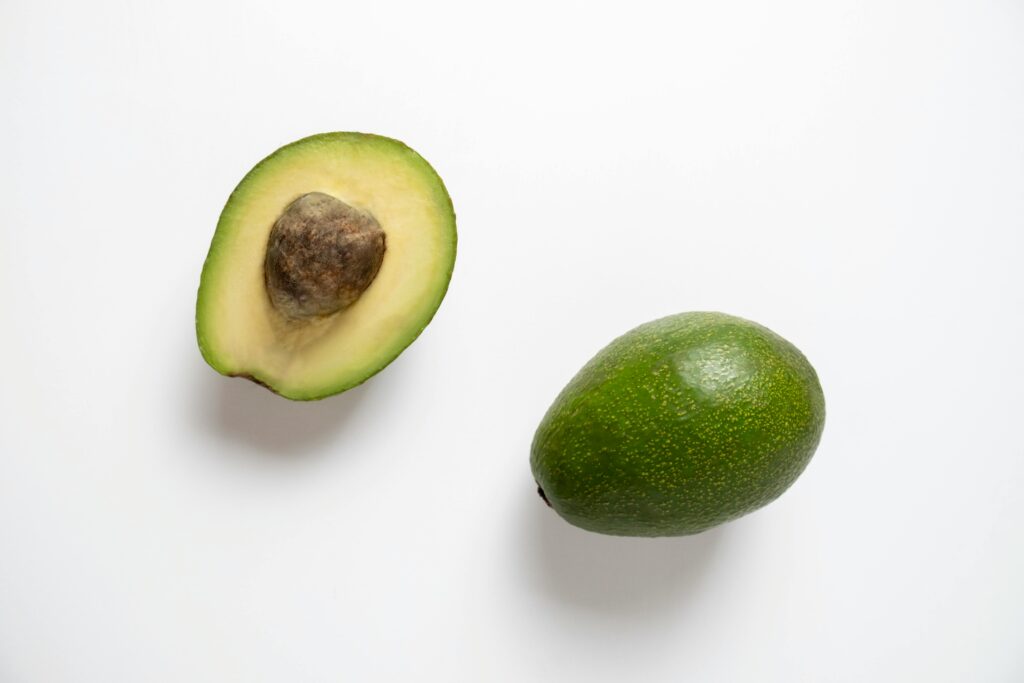
Avocados are not only delicious but also naturally low in sodium, making them a perfect addition to a low-sodium diet. Packed with heart-healthy monounsaturated fats, fiber, and a range of essential vitamins and minerals, avocados support overall health. Their creamy texture adds a rich flavor to dishes like salads, sandwiches, and guacamole without the need for added salt. Including avocados in your meals is a great way to satisfy your hunger and reduce sodium intake.
Avocados are incredibly versatile and can be enjoyed in various ways, from mashed on toast to blended into smoothies. They can also be used as a topping for soups and salads, offering a boost of healthy fats and nutrients. Unlike many processed snacks, avocados contain no added sodium, making them a safe choice for those monitoring their salt intake. Eating avocados regularly will help you maintain a balanced diet without compromising on flavor.
Tomatoes (Fresh)

Fresh tomatoes are naturally low in sodium and packed with antioxidants like lycopene, which support heart health and reduce inflammation. They are rich in vitamins C and K, which contribute to immune function and bone health. Tomatoes provide a burst of flavor without the need for added salt, making them an ideal ingredient for low-sodium cooking. Whether eaten raw or cooked, tomatoes can enhance the taste of any dish without compromising your sodium intake.
Tomatoes can be used in a variety of ways, from fresh salads and salsas to stews and pasta sauces. They can also be added to sandwiches, wraps, or grilled for a smoky flavor. By using fresh tomatoes instead of canned versions, which often contain added salt, you can easily reduce your sodium consumption. Incorporating more fresh tomatoes into your meals will not only reduce salt intake but also provide valuable nutrients for overall health.
Carrots
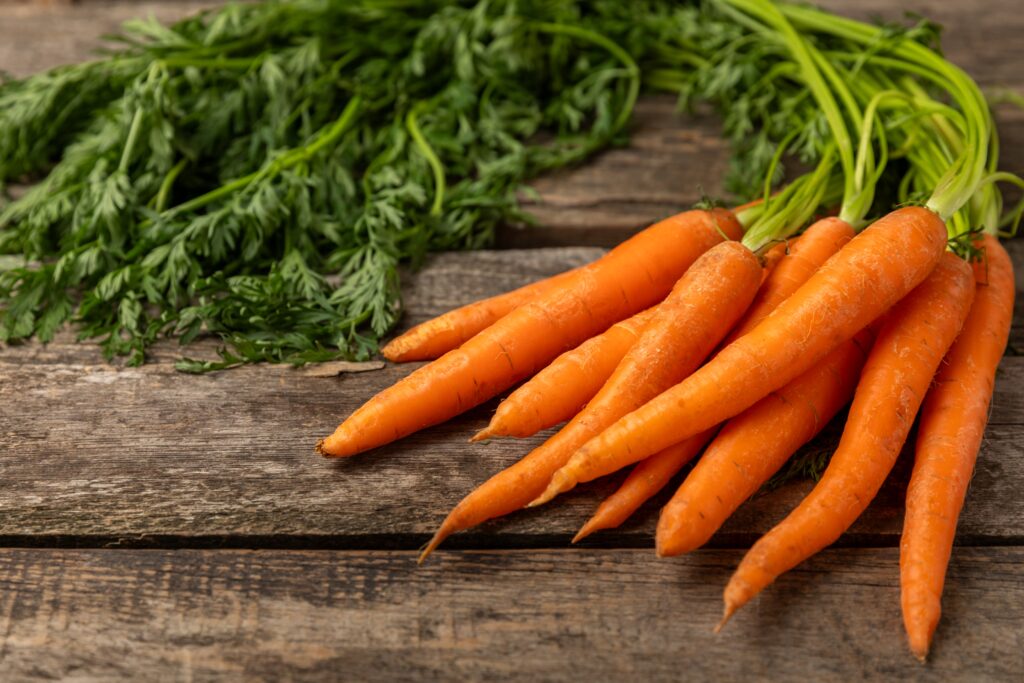
Carrots are a naturally low-sodium vegetable that offers a sweet flavor and a variety of health benefits. They are rich in beta-carotene, an antioxidant that supports eye health and boosts the immune system. Carrots are also an excellent source of fiber, helping to improve digestion and keep you feeling full. With their crunchy texture, they are a perfect snack for those looking to reduce sodium while enjoying something satisfying.
Carrots can be enjoyed raw, chopped into salads, or roasted with a little olive oil for a delicious side dish. They can also be blended into soups or smoothies for added nutrients. Carrots are a great addition to any low-sodium diet and can be used in both savory and sweet dishes. By including more carrots in your meals, you can enjoy a healthy, low-sodium option that supports overall wellness.
Chickpeas
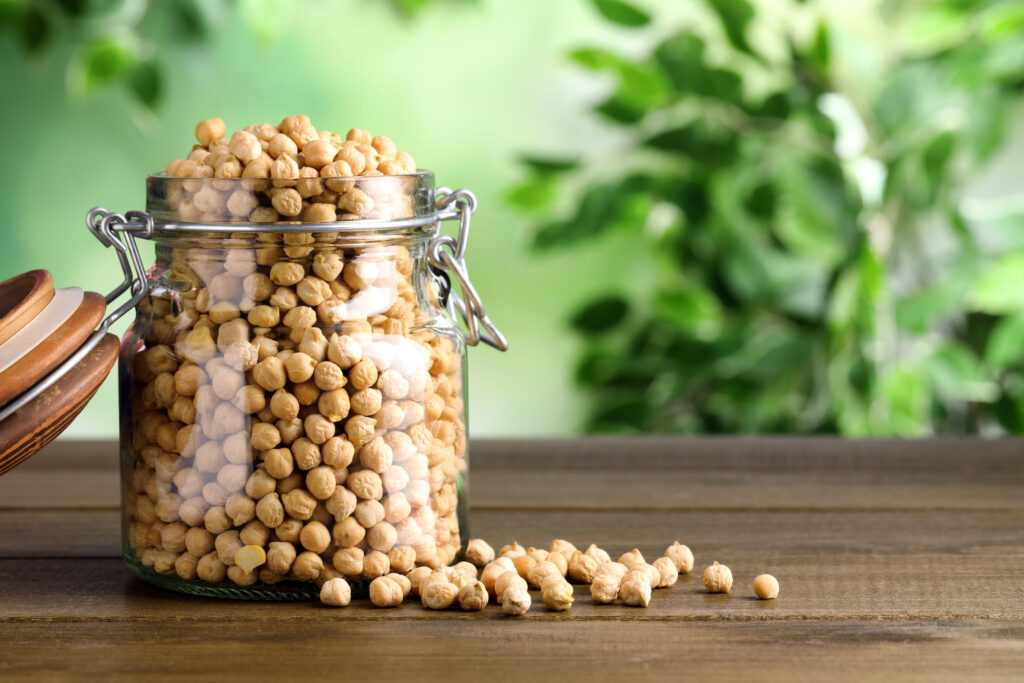
Chickpeas are a versatile legume that is naturally low in sodium and packed with protein, fiber, and essential minerals. They are a great plant-based protein source, making them an excellent addition to vegetarian and vegan diets. Chickpeas can help lower cholesterol levels and support heart health, making them a heart-healthy choice. They are also rich in iron, which is important for energy production and immune function.
Chickpeas can be used in a variety of dishes, from hummus to soups, stews, and salads. They can also be roasted for a crunchy snack or added to grain bowls for a satisfying meal. By using dried or low-sodium canned chickpeas, you can keep your sodium intake in check while benefiting from their nutritional value. Chickpeas are a delicious and nutritious way to add more plant-based protein to your diet.
Cabbage

Cabbage is a low-sodium vegetable that provides a wealth of nutrients, including vitamin C, fiber, and antioxidants. It is known for its ability to promote digestion and support a healthy immune system. Cabbage is also low in calories, making it a great addition to weight-conscious diets. It can help balance sodium levels in the body while providing a filling and nutritious meal.
Cabbage can be enjoyed raw in salads or coleslaw or cooked in soups, stir-fries, and casseroles. It is a versatile vegetable that can be prepared in many different ways, adding texture and flavor to various dishes. By using cabbage in place of higher-sodium vegetables like canned vegetables or processed foods, you can maintain a healthy, low-sodium diet. Regularly incorporating cabbage into your meals will help support overall health while managing your salt intake.
Zucchini

Zucchini is another low-sodium vegetable that is packed with nutrients like vitamin C, potassium, and fiber. It is a great source of hydration due to its high water content, which helps support healthy skin and digestion. Zucchini is low in calories and versatile, making it an excellent option for those looking to reduce sodium intake without sacrificing flavor. Its mild taste allows it to complement a variety of dishes, from salads to stir-fries.
Zucchini can be grilled, sautéed, or spiralized into noodles as a healthy, low-sodium substitute for pasta. It can also be added to soups, casseroles, or baked goods like muffins and bread. Zucchini is a great way to bulk up meals without adding unnecessary sodium. By including zucchini in your meals, you can enjoy a nutrient-rich, low-sodium option that helps support a balanced diet.
This article originally appeared on Avocadu.
